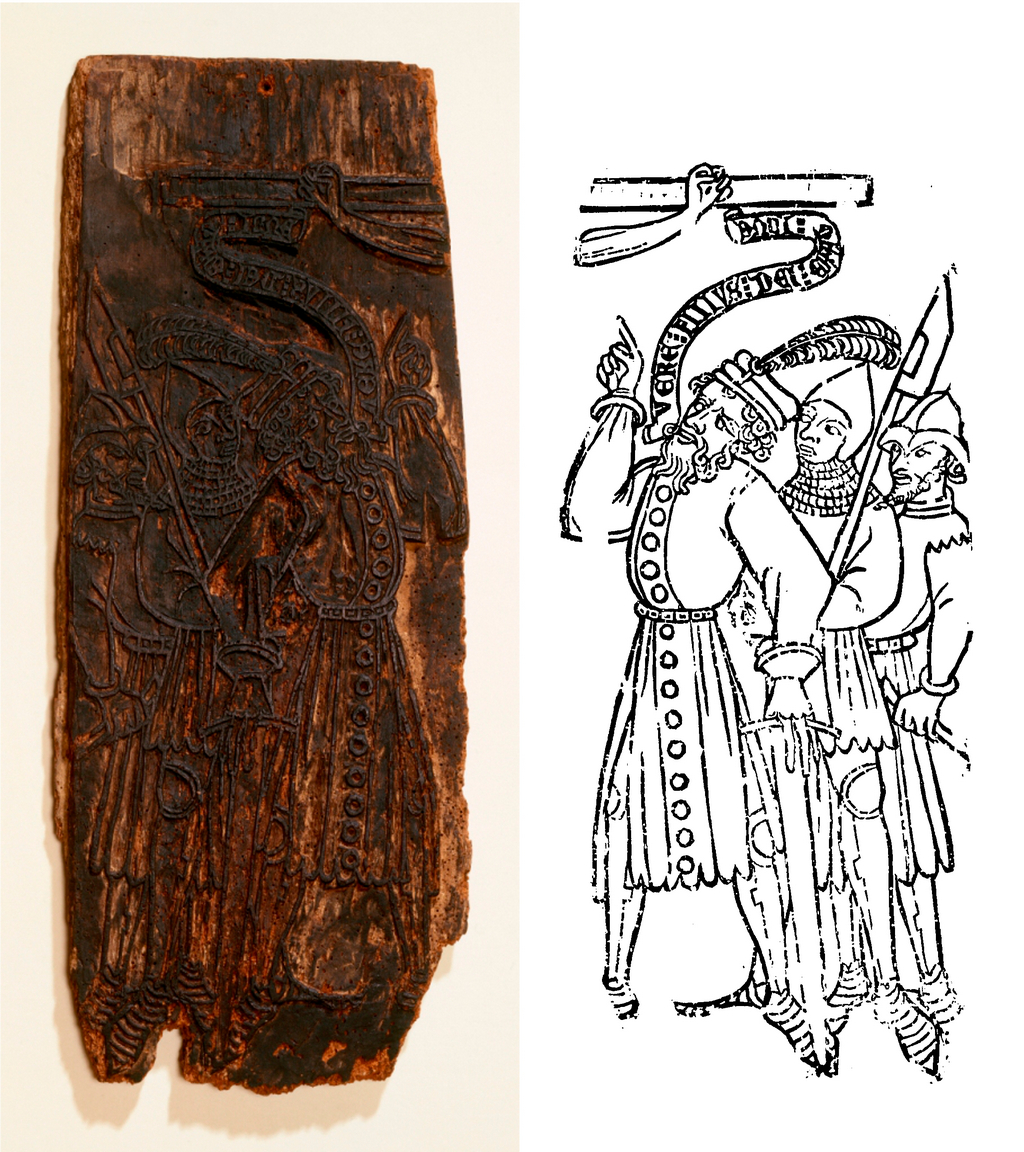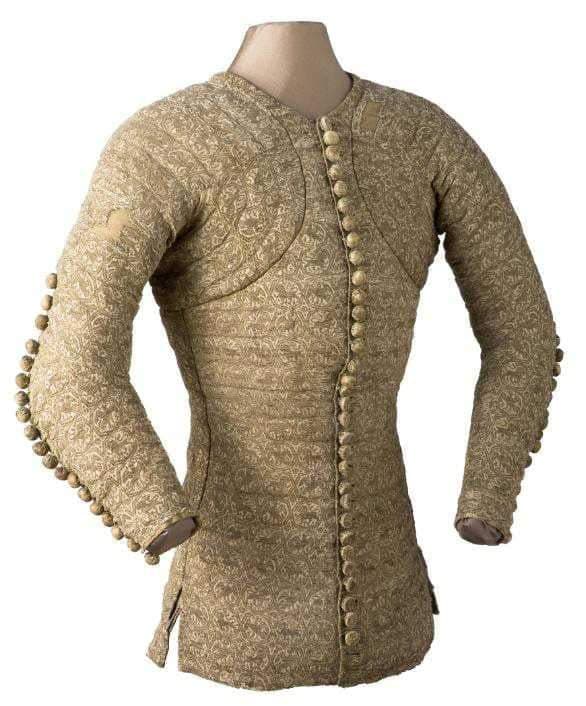Mankind learned how to print colorful images on fabric a long-long time ago. Some primitive methods of fabric printing existed in prehistoric times but real high leveled techniques of artificial printing appeared in Ancient China and were widely used throughout East Asia.
The earliest images – tricolor images of flowers printed on silk – date no later than 220 AD (Han Dynasty).
However, India is considered to be the forbearer of cotton printed fabrics. They were known in Greece and Rome already in the 1st century BC. and later became widespread in Asia and Africa. To this day, the only original preserved is Coptic fabrics (II-XII centuries AD).
We should also take a look at VIII century Japan where kayoseta printed fabrics impressed everyone with their extraordinary completeness and originality of drawing. Another Japanese way of fabric decorating is a kind of hot batik technique using “rockets” (rollers) for painting drapery fabrics.
Surely, we just can't pass by the silk fabrics of Central Asia – original, although with a noticeable influence of Persian art. Each piece of silk fabric produced in Khiva, Bukhara, and other cities had its own unique pattern.
Speaking of Western printed fabrics, the closest specimens date back to the IV century and belong to Ancient Egypt during the Roman rule. For example, a tunic of the IV century AD was found in 1894 in the children's tomb of Panopolis in Upper Egypt.
As for the Middle Ages, in Christian Europe, the method of imprinting on fabrics appeared for the first time around 1300. Nonetheless, there are some pieces of evidence proving that printed fabrics existed on the European continent at least in the VI century – patterned fabrics found in the tomb of St. Caesarius, Bishop of Arles, is one of them.
Woodblock printing on textiles began appearing in Europe around the XII century.
The oldest surviving model dates back to 137 and was found in the village of Fertesur Gron (department in France) is called "Protat wood".

In the late XIV - early XV century, the monastery of St. Catherine in Nuremberg (Germany) became one of the artistic craft centers of ornamental stamp and block cutting. Monastery's guide to printing on fabric has survived to this day.
The first written reference to printed textiles in Europe can be found in the XVth century Florentine trade regulations.
The most famous representative of medieval printed clothing as of today is Pourpoint de Charles de Blois





0 Comentarios
Steel-mastery.com